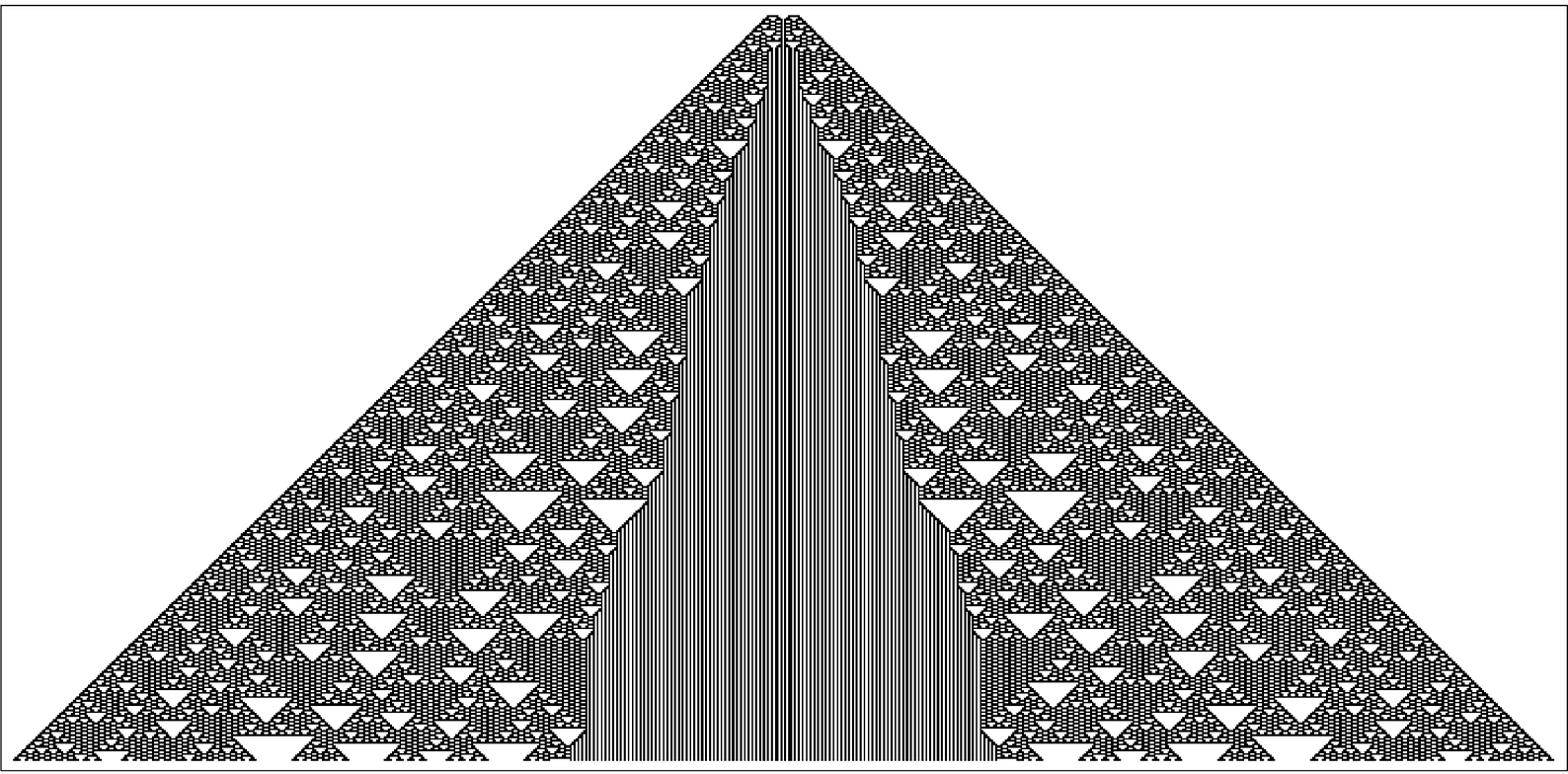to search through these rules, trying each one in turn, and looking to see if it produces the behavior one wants.
But what about the rules for the universe? Surely we cannot simply search through possible rules of certain kinds, looking for one whose behavior happens to fit what we see in physics?
With the intuition of traditional science, such an approach seems absurd. But the point is that if the rule for the universe is sufficiently simple—and the results of this book suggest that it might be—then it becomes not so unreasonable to imagine systematically searching for it.
To start performing such a search, however, one first needs to work out what kinds of rules to consider. And my suspicion is that none of the specific types of rules that we have discussed so far in this book will turn out to be adequate. For I believe that all these types of rules in some sense probably already have too much structure built in.
Thus, for example, cellular automata probably already have too rigid a built-in notion of space. For a defining feature of cellular automata is that their cells are always arranged in a rigid array in space. Yet I strongly suspect that in the underlying rule for our universe there will be no such built-in structure. Rather, as I discuss in the sections


A typical example of a situation where it would be very difficult to deduce the underlying rule from a description of the overall behavior that it produces. There is in a sense too great a distance between the simple rule shown and the behavior that emerges from it. I suspect that the same will be true of the basic rule for the universe. The particular rule shown here is the elementary cellular automaton with rule number 94, and with initial condition ![]() .
.



